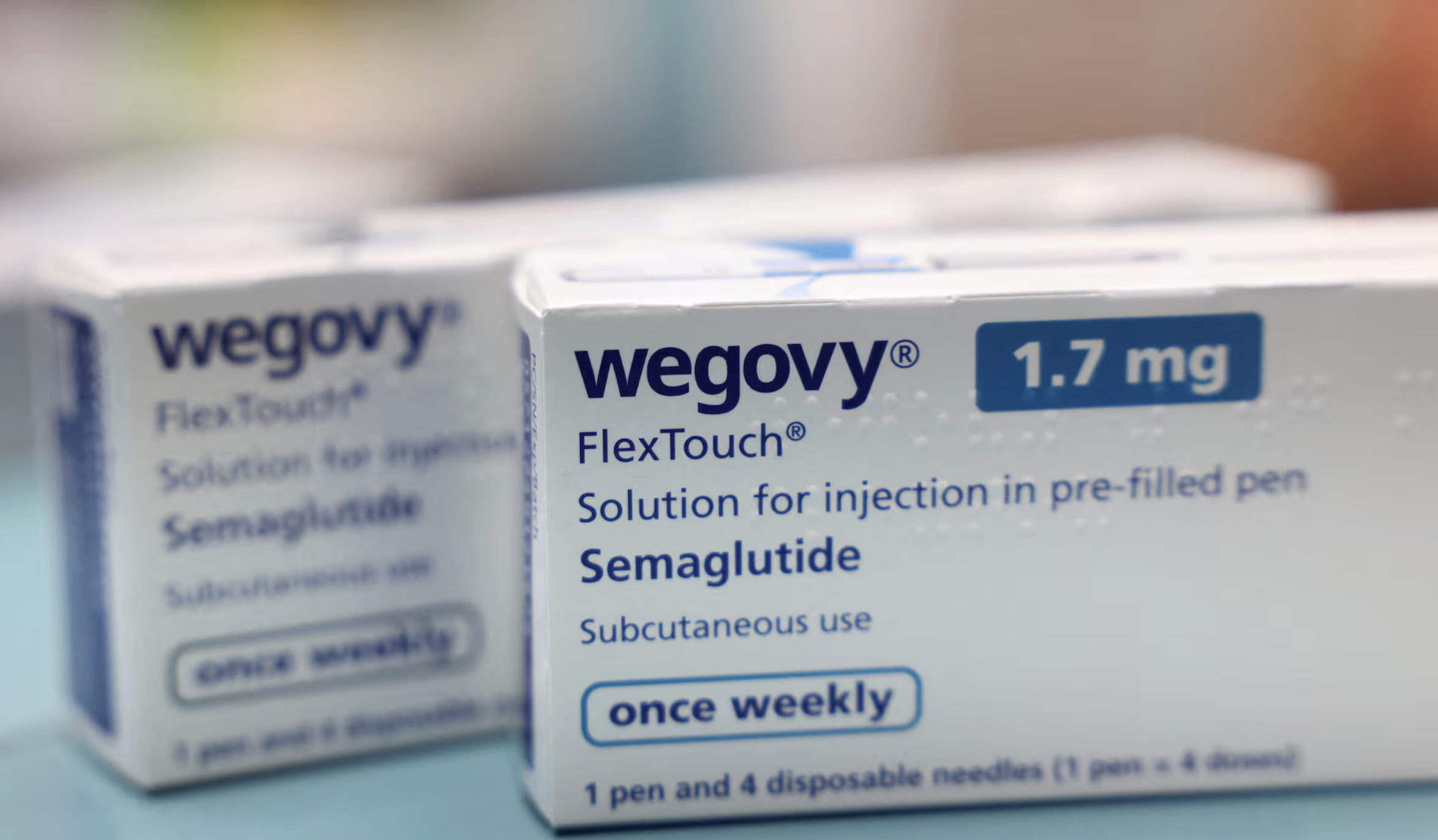As per a top government official, due to the stagnant milk production in last fiscal, the country may look at importing dairy products if needed due to the supply constraint for such items.

After assessing the stock position of milk in Southern states, where the flushing (peak production) season has started now, the government will if required, intervene to import dairy products like butter and ghee.
Stagnant Milk Production in India for 2022-23
As per the official data, up from 6.25 per cent from 208 million tonne in 2020-21, the milk output in the country stood at 221 million tonne in 2021-22.
Animal Husbandry and Dairy Secretary Rajesh Kumar Singh, while addressing a press conference said that due to the lumpy skin disease in cattle, the country’s milk production remained stagnant in the 2022-23. Simultaneously the domestic demand grew by 8-10 per cent in the same period because of a rebound in the post-pandemic demand.
He said that the “There is no constraint in milk supply as such in the country…There is an adequate inventory of skimmed milk powder (SMP). But in the case of dairy products, especially fats, butter and ghee etc, the stocks are lower than the previous year”.
He said that the government will intervene to import dairy products like butter and ghee, if required, after assessing the stock position of milk in Southern states, where the flushing (peak production) season has started now.
And keeping in light the fact that the international prices in recent months are ruling firm, the Secretary believes that it would be not be that beneficial at this point.
He said that “If global prices are high, there is no point in importing. We will assess the flush season in the rest of the country and then take a call”.
Speaking about the regional shortages, he added that the shortage will be less in north India where the lean season has been postponed with temperature cooling down due to untimely rains in the last 20 days.
As per the secretary, due to the impact of lumpy skin disease that killed 1.89 lakh cattle last year, the country’s milk output remained stagnant and the post-pandemic rebound in milk demand.
Lumpy Skin Disease on Milk Production
“The impact of lumpy skin disease on cattle can be felt to the extent that the total milk production is a little stagnant. Normally, milk production has been growing at 6 per cent annually. However, this year (2022-23), it will be either stagnant or grow at 1-2 per cent,” Rajesh Kumar Singh said.
Rajesh Kumar Singh said that since the government takes into account the milk production data of the cooperative sector and not the entire private and unorganised sector, “we assume it will be stagnant”.
He added that the milk inflation can be attributed to the true rise in fodder prices.
He added that there is a problem in fodder supply as the fodder crop area has remained stagnant in the last four years, while the dairy sector has been growing annually at 6 per cent, he added.
It was in 2011 that the last daily products were imported.













